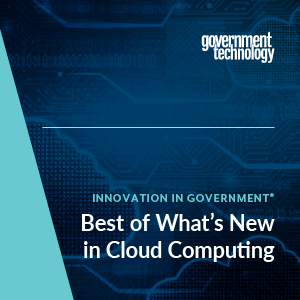Before the COVID-19 pandemic, the conversation surrounding automation in government featured a lot of skepticism. For some, automation seemed too difficult or risky to implement. For others, it represented a threat to human workers. And for many, change in general is hard to embrace because it means leaving behind the familiar and venturing toward the unknown. But when COVID-19 infection rates skyrocketed, and when programs like unemployment insurance (UI) faced unprecedented spikes in demand, governments felt compelled to consider and adopt technologies they may have once resisted. And so, in 2022, the dialogue on automation has a much different tone. The focus has shifted toward identifying opportunities, challenges and best practices so that agencies can figure out where automation fits best. Learn how your agency or municipality can take full advantage of the growing momentum behind automation in Carahsoft’s Innovation in Government® report.
Modernizing Expense and Payment Management
“When you have an automated system, if someone is about to do something that is noncompliant, the system flags them. Depending on how an organization sets policy, the system can stop the employee completely or allow the spend to proceed but with a warning that the behavior is out of compliance and will be flagged. That impacts how people make their buying decisions. As part of auditing overall, AI, ML and other technologies also work together to detect abnormal or potentially fraudulent behavior. Continual noncompliant behavior is tracked, marked and reported on. In terms of decision-making, intelligent automated solutions give organizations actionable data—sometimes for the first time ever. Organizations can see where they are in their cash flow, their debts, and so on and use that data to make decisions that drive the business outcomes they need.”
Read more insights from SAP Concur’s senior director for state and local government, Jim McClurkin.
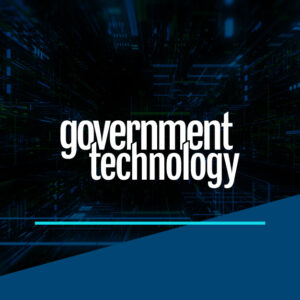 Having an Automation-First Mindset
Having an Automation-First Mindset
“Some executives don’t realize how much repetitive work their teams do until we talk to their staff and then show them the power of the possible. The best ideas for automation come from the people doing the work, so simple education is the best way to prepare employees. We partner with organizations to help educate their end users and show them what’s possible. It’s also helpful to use terms like “digital employee” or “digital workforce” rather than the term “bot,” which isn’t always well received. People understand they can have a digital assistant right on their desktop. Adoption is important because state and local governments need digital workers to address their current and future workforce needs, just like the private sector.”
Read more insights from UiPath’s vice president of sales for state, local and education (SLED), Phil Calzadilla.
Getting Intelligent Automation Right
“We’ve seen the most success where there’s initially enough investment to have an impact and get the organization behind it. Projects that are too small often pass below the visibility of executive leadership and tend to die on the vine. At the same time, projects can’t be more than the organization can chew at one time. The Covered California project started in a discrete area around document processing. Over time, they decided to apply analytics to it, and then improve workflows. Eventually, they added robotics to move the data to various systems. It became this very large but modular step-by-step layering in of different levels of automation. All of this resulted in an incredibly robust automation system that handles 50 million records a year and 300,000 processes per month, but it was done judiciously.”
Read more insights from Kofax’s vice president of public sector and federal sales, Jeremy Hogg.
Preparing For a New Wave of Automation
“Based on trends in the federal government, I expect both state and local governments to continue adopting the cloud over the next five to 10 years. As organizations consider new deployments in the cloud, it would be great to start with automation from the beginning. Instead of making it an after-the-fact approach, bake it into the solution from the start. Also, don’t be afraid to try new tools, and don’t be afraid to accept that you might need to get some training for your team. These are new skills, and enablement is valuable from the beginning.”
Read more insights from Cloudera’s principal solutions engineer, Ian Brooks.
Download the full Innovation in Government® report for more insights from these cybersecurity thought leaders and additional industry research from GovTech.

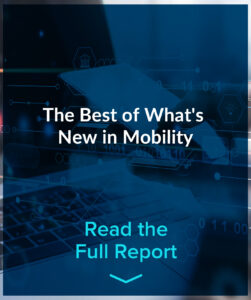
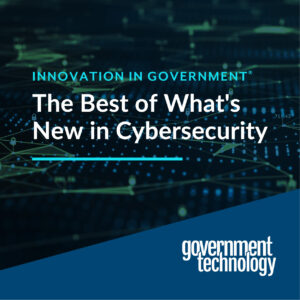 “Threat actors are constantly devising new attacks and methodologies, so organizations must stay on top of trends and constantly evolve how they build and secure their software supply chain. It isn’t a ‘set it once and you’re good’ kind of thing. President Biden’s executive order on improving the nation’s cybersecurity and some bills going through Congress will help address some of the issues. Among many things, the executive order mandates service providers disclose security incidents or attacks. It’s also important to establish a community where security professionals across the nation can exchange security and threat information. You don’t want to solve these things in a vacuum. We’re stronger as a community than as individual organizations.”
“Threat actors are constantly devising new attacks and methodologies, so organizations must stay on top of trends and constantly evolve how they build and secure their software supply chain. It isn’t a ‘set it once and you’re good’ kind of thing. President Biden’s executive order on improving the nation’s cybersecurity and some bills going through Congress will help address some of the issues. Among many things, the executive order mandates service providers disclose security incidents or attacks. It’s also important to establish a community where security professionals across the nation can exchange security and threat information. You don’t want to solve these things in a vacuum. We’re stronger as a community than as individual organizations.”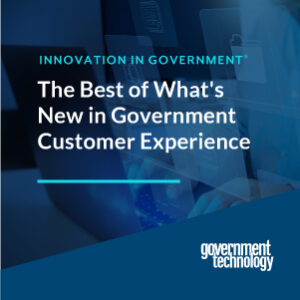 “The resident experience has a number of components. The first is engagement. Experiences should be immersive and intuitive and on par with user experiences in private sector companies. The second element is efficiency. The experience on the backend should be as functional as it is beautiful, meaning it reduces errors, optimizes workflows, automates processes and quickly delivers tangible value for the agency. The third aspect is effectiveness. Agencies must be able to measure and evaluate, almost in real time, how effectively they are engaging users and realizing a return on investment, and then adjust accordingly. The final component is trust. Organizations must demonstrate that they can protect mission-critical workflows and satisfy rigorous government and industry standards.”
“The resident experience has a number of components. The first is engagement. Experiences should be immersive and intuitive and on par with user experiences in private sector companies. The second element is efficiency. The experience on the backend should be as functional as it is beautiful, meaning it reduces errors, optimizes workflows, automates processes and quickly delivers tangible value for the agency. The third aspect is effectiveness. Agencies must be able to measure and evaluate, almost in real time, how effectively they are engaging users and realizing a return on investment, and then adjust accordingly. The final component is trust. Organizations must demonstrate that they can protect mission-critical workflows and satisfy rigorous government and industry standards.”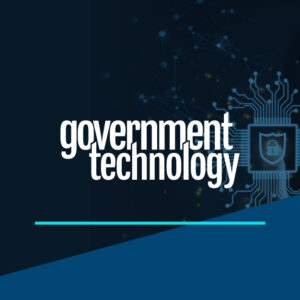 Disaster Recovery in the Age of Ransomware
Disaster Recovery in the Age of Ransomware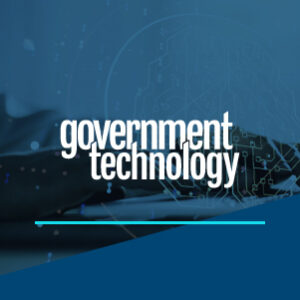 “Zero trust security is becoming a common expectation for managing access. The basic concept is that the network should not assume any user is trustworthy — regardless of whether they’re outside the network or already in. Organizations using a zero trust approach implement access controls inside and outside the network. Another important tactic is to minimize the number of handoffs. In other words, simplify the network architecture. Nodes — and connections between those nodes — create complexity, and complexity leads to management challenges and greater risk.”
“Zero trust security is becoming a common expectation for managing access. The basic concept is that the network should not assume any user is trustworthy — regardless of whether they’re outside the network or already in. Organizations using a zero trust approach implement access controls inside and outside the network. Another important tactic is to minimize the number of handoffs. In other words, simplify the network architecture. Nodes — and connections between those nodes — create complexity, and complexity leads to management challenges and greater risk.”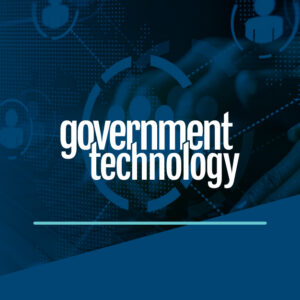 Giving Remote Workers Access to Resources They Need
Giving Remote Workers Access to Resources They Need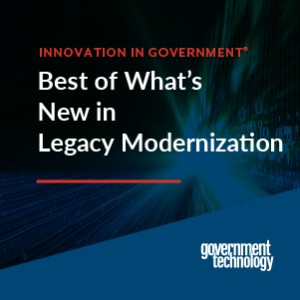 Finding Opportunities for Modernization
Finding Opportunities for Modernization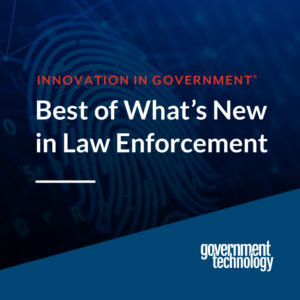 Supporting the Law Enforcement Community During COVID-19 and Beyond
Supporting the Law Enforcement Community During COVID-19 and Beyond